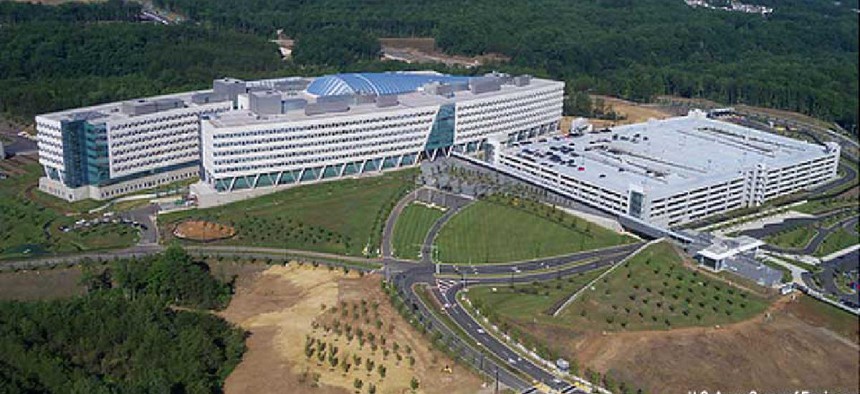How NGA is handling hybrid telework

The National Geospatial-Intelligence Agency has begun to relax some of its COVID-19 safety procedures, but the challenge has been managing workers across different physical locations, networks and work schedules.

The National Geospatial-Intelligence Agency has begun to relax some of its COVID-19 safety procedures as more personnel get vaccinated. But the real challenge as more workers return to the office has been managing workers across different physical locations, networks and work schedules.
"When everyone was home teleworking, the policy and the approach was very much straightforward," said Sue Kalweit, the senior associate for culture and leader excellence for NGA, during an Intelligence National Security Alliance virtual event on June 22.
"The challenge truly is around supervisors and managers learning how to best manage a team that is in different places at different times ... and that also splits us into different [network] fabrics, and so it's really learning how to think about the mission in a way that engages the whole of the team."
Kalweit said a carte blanche policy isn't the answer, and the goal is to use data to help guide policy, setting conditions based on where customers and technological capabilities are located.
Meeting national security objectives "requires that every teammate across NGA, no matter what your work role is or where you are physically, you are able to contribute who you are to the agency and to the mission every single day," said Kalweit, who is the first to hold the newly created culture and leadership role.
The pandemic has softened many defense and intelligence organizations' view of telework. And while it's been made clear in the past that "classified" telework will likely not be the norm, organizations will have to adapt policies to personnel concerns, such as child care and long commutes, by incorporating secure mobile devices.
Part of that approach for NGA has been tweaking telework policies, migrating certain administrative tools and functions to unclassified networks and expanding access to leadership course materials.
NGA has moved its timecards to the unclassified network and is working to migrate its performance management tools to an unclassified network so that teammates can "balance" their days with a few hours of telework combined with time in the office.
Kalweit said the pandemic-spurred telework policy has had the most impact for workers, so much so that NGA has amended its policy, which allows front-line supervisors to approve up to 64 hours of telework per pay period.
"The policy that truly had the greatest impact for teammates was our telework policy with the most significant change being the permission to telework while dependents were home. Prior to COVID that was not permitted, but we had no choice," Kalweit said.
The Office of Management and Budget released hybrid work guidelines June 10, increasing in-person building capacity allowances while maintaining maximum telework orders. The memo also addresses dependent care, saying the Office of Personnel Management "intends to clarify its previous guidance." Kalweit said NGA has extended its policy in the meantime.
And while the vast majority of NGA's work is classified and requires personnel to come "inside the building" to access certain data and tools and connect with partners and customers, Kalweit said it's important to have an approach that "balances both what's needed to accomplish there as well as what teammates individually need both for their work as well as what they're seeking for their own personal lives."






